
How to Use P55NF06 Mosfet: Examples, Pinouts, and Specs
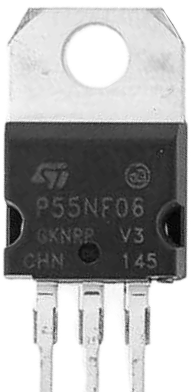
 Design with P55NF06 Mosfet in Cirkit Designer
Design with P55NF06 Mosfet in Cirkit DesignerIntroduction
The P55NF06 is an N-channel MOSFET (Metal-Oxide-Semiconductor Field-Effect Transistor) designed for high-speed switching applications. It is capable of handling high currents and voltages, making it ideal for use in power management, motor control circuits, and other high-power applications. With its low on-resistance and fast switching characteristics, the P55NF06 is a reliable choice for both hobbyists and professionals working on electronic projects.
Explore Projects Built with P55NF06 Mosfet
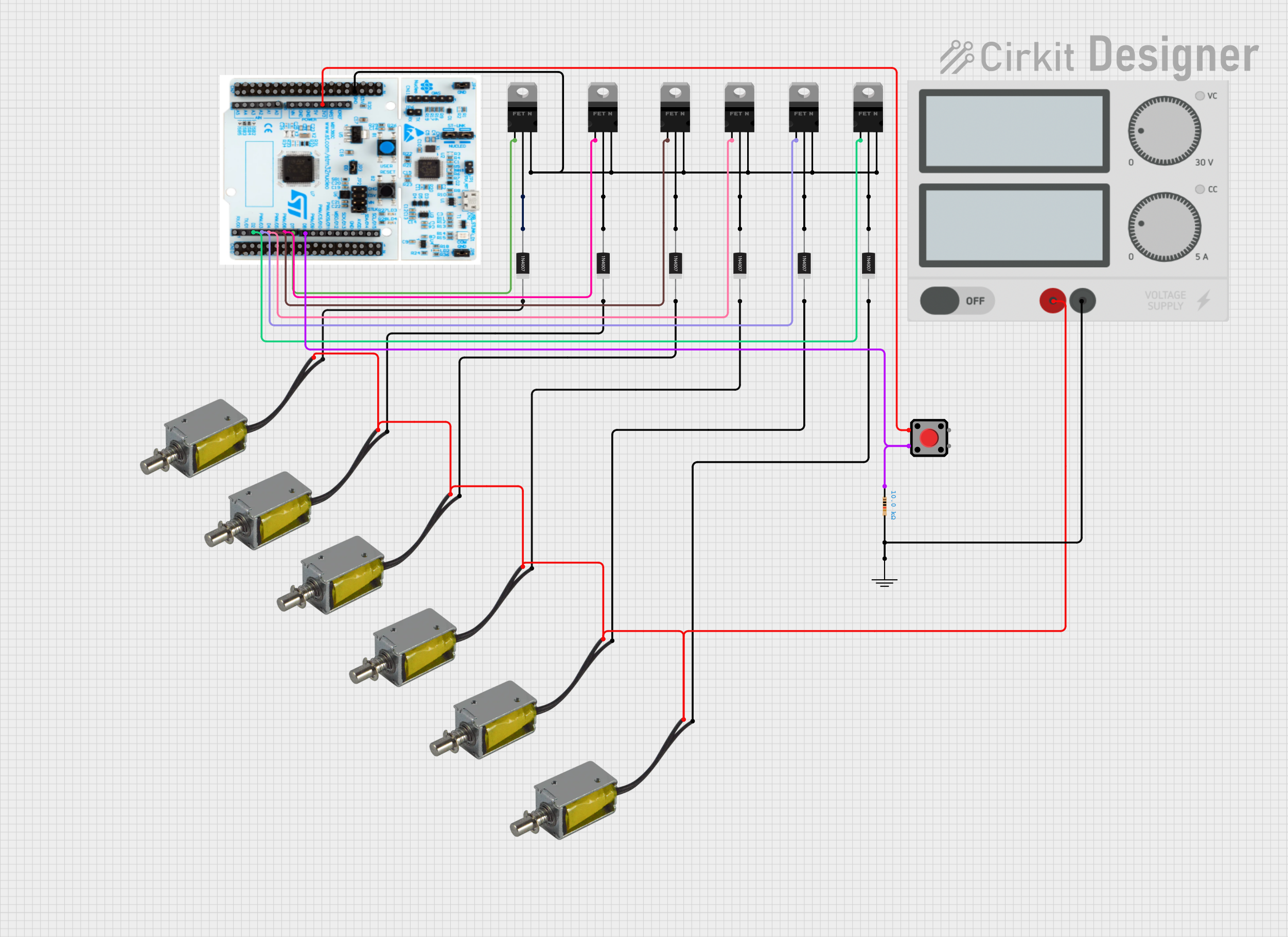
 Open Project in Cirkit Designer
Open Project in Cirkit Designer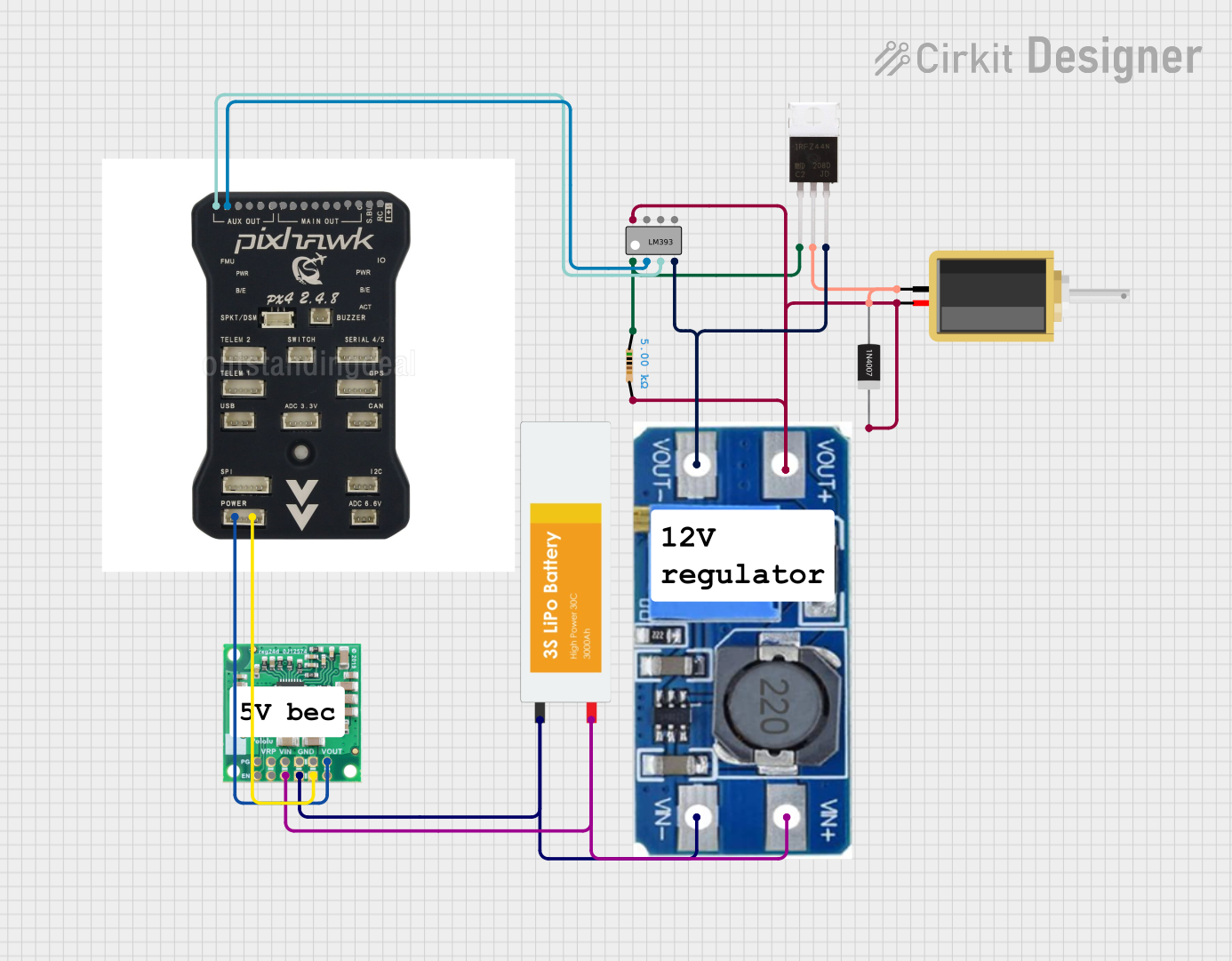
 Open Project in Cirkit Designer
Open Project in Cirkit Designer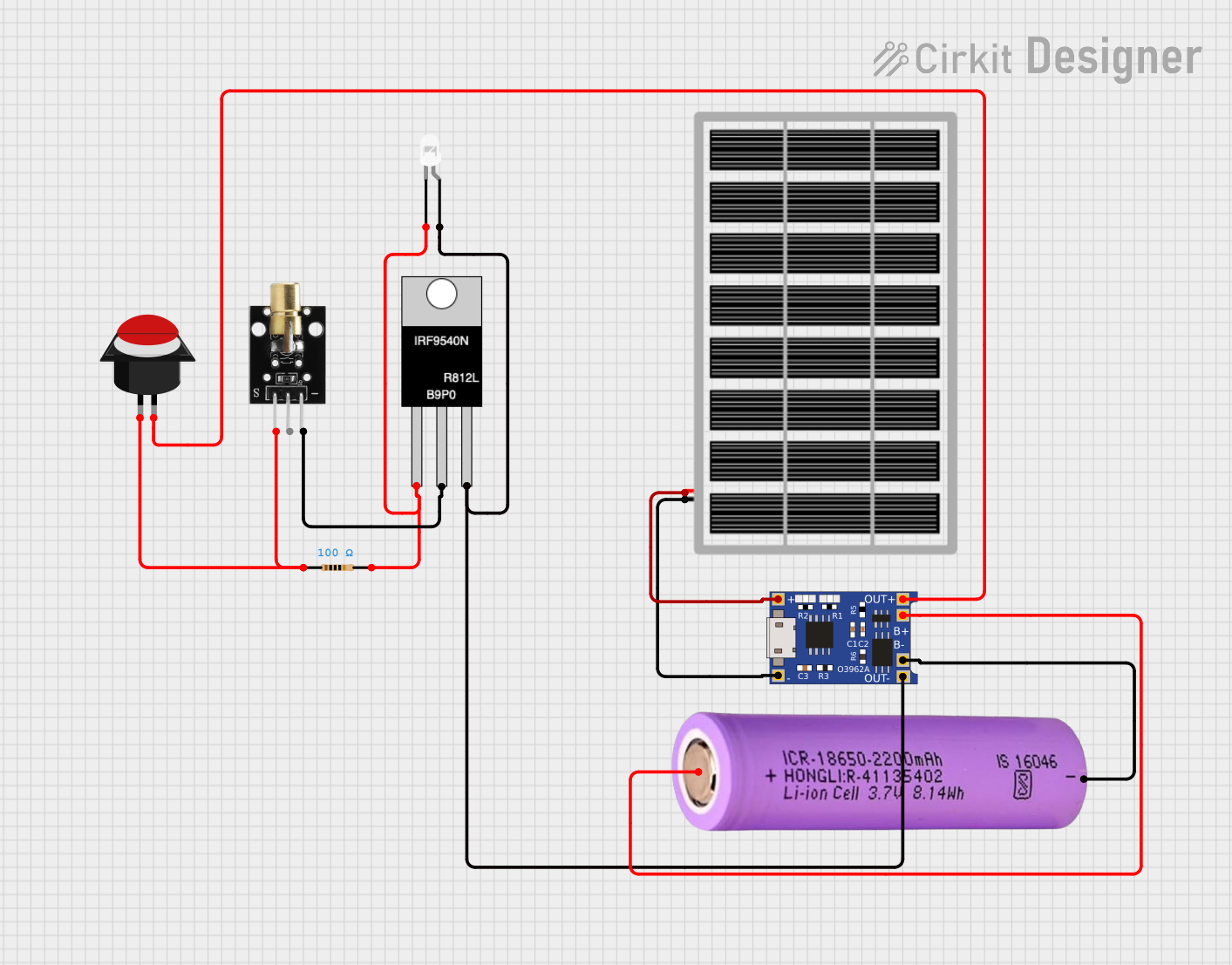
 Open Project in Cirkit Designer
Open Project in Cirkit Designer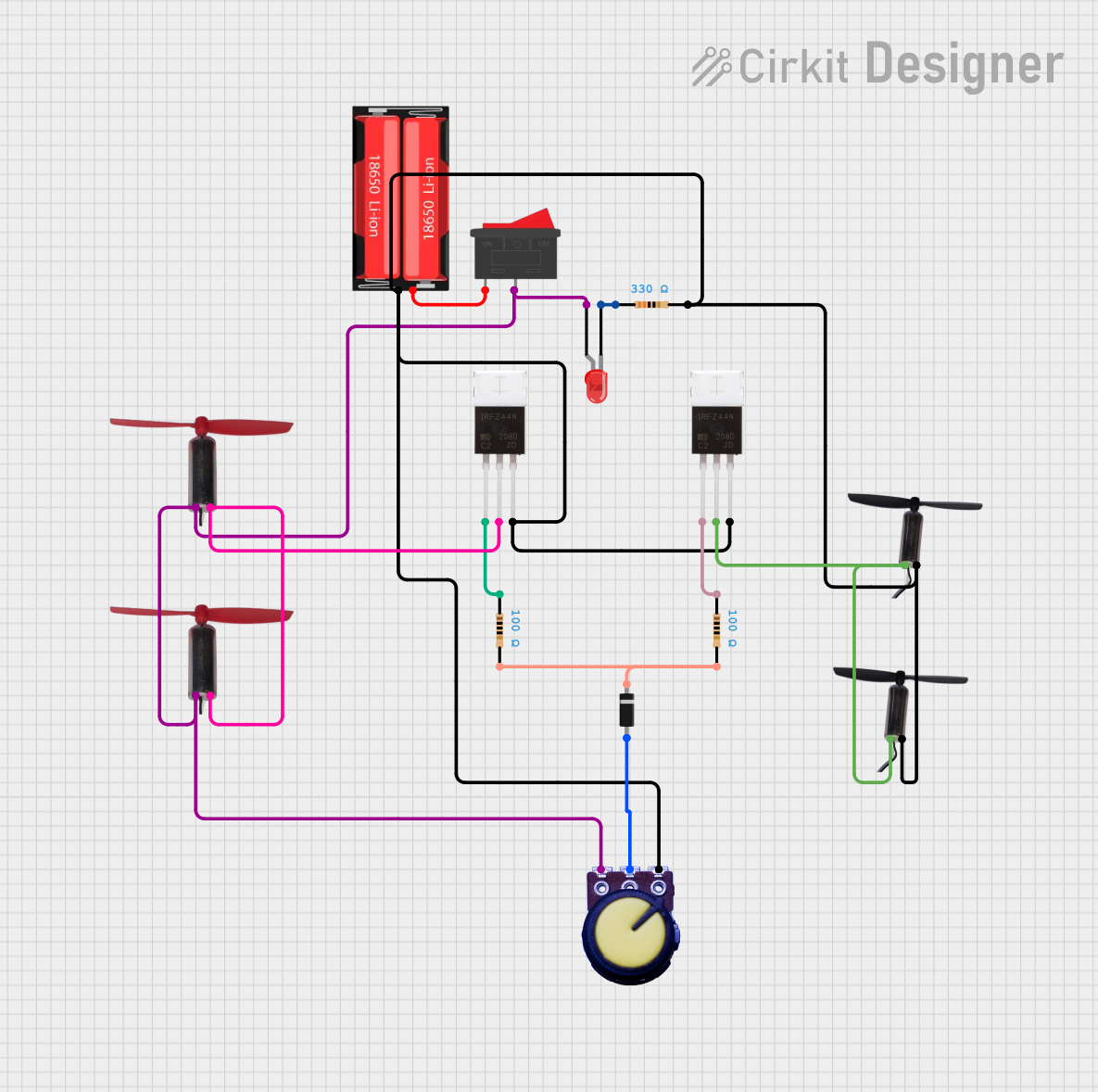
 Open Project in Cirkit Designer
Open Project in Cirkit DesignerExplore Projects Built with P55NF06 Mosfet

 Open Project in Cirkit Designer
Open Project in Cirkit Designer
 Open Project in Cirkit Designer
Open Project in Cirkit Designer
 Open Project in Cirkit Designer
Open Project in Cirkit Designer
 Open Project in Cirkit Designer
Open Project in Cirkit DesignerCommon Applications
- DC motor control
- Power supply circuits
- LED drivers
- Battery management systems
- Inverters and converters
- High-speed switching circuits
Technical Specifications
The P55NF06 MOSFET is designed to handle significant power loads while maintaining efficiency. Below are its key technical specifications:
| Parameter | Value |
|---|---|
| Type | N-Channel MOSFET |
| Maximum Drain-Source Voltage (VDS) | 60V |
| Maximum Gate-Source Voltage (VGS) | ±20V |
| Continuous Drain Current (ID) | 50A |
| Pulsed Drain Current (IDM) | 200A |
| Power Dissipation (PD) | 110W |
| RDS(on) (On-Resistance) | 0.018Ω (typical) |
| Gate Threshold Voltage (VGS(th)) | 2V - 4V |
| Operating Temperature Range | -55°C to +175°C |
| Package Type | TO-220 |
Pin Configuration
The P55NF06 MOSFET comes in a TO-220 package with three pins. The pin configuration is as follows:
| Pin Number | Pin Name | Description |
|---|---|---|
| 1 | Gate | Controls the MOSFET switching state |
| 2 | Drain | Current flows from drain to source when |
| the MOSFET is on | ||
| 3 | Source | Connected to ground or the negative |
| terminal of the load |
Usage Instructions
The P55NF06 MOSFET is straightforward to use in a variety of circuits. Below are the steps and considerations for using this component effectively:
How to Use in a Circuit
- Connect the Source Pin: Typically, the source pin is connected to the ground or the negative terminal of the load.
- Connect the Drain Pin: The drain pin is connected to the positive side of the load.
- Control the Gate Pin: Apply a voltage to the gate pin to turn the MOSFET on or off. A voltage of 5V (logic level) is sufficient to fully turn on the P55NF06.
- Use a Gate Resistor: To limit the inrush current to the gate, use a resistor (e.g., 220Ω) between the control signal and the gate pin.
- Add a Flyback Diode: When driving inductive loads (e.g., motors), include a flyback diode across the load to protect the MOSFET from voltage spikes.
Example Circuit with Arduino UNO
The P55NF06 can be easily controlled using an Arduino UNO. Below is an example of how to use it to control a DC motor:
Circuit Connections
- Source Pin: Connect to GND.
- Drain Pin: Connect to one terminal of the motor. The other terminal of the motor connects to the positive power supply.
- Gate Pin: Connect to a PWM-capable pin on the Arduino (e.g., Pin 9) through a 220Ω resistor.
Arduino Code
// Example code to control a DC motor using the P55NF06 MOSFET
// Connect the MOSFET gate to Arduino pin 9 through a 220Ω resistor
const int motorPin = 9; // PWM pin connected to the MOSFET gate
void setup() {
pinMode(motorPin, OUTPUT); // Set the motor pin as an output
}
void loop() {
analogWrite(motorPin, 128); // Set motor speed to 50% (PWM value: 128)
delay(5000); // Run motor for 5 seconds
analogWrite(motorPin, 0); // Turn off the motor
delay(5000); // Wait for 5 seconds
}
Important Considerations
- Ensure the gate voltage does not exceed the maximum VGS rating of ±20V.
- Use a heatsink if the MOSFET is expected to handle high currents for extended periods.
- Verify that the power dissipation does not exceed the maximum rating of 110W.
- For high-speed switching, consider adding a gate driver circuit to improve performance.
Troubleshooting and FAQs
Common Issues
MOSFET Overheating
- Cause: Insufficient heatsinking or excessive current.
- Solution: Attach a heatsink to the MOSFET and ensure the current is within the rated limits.
MOSFET Not Turning On
- Cause: Insufficient gate voltage.
- Solution: Ensure the gate voltage is at least 5V for full turn-on. Use a logic-level MOSFET driver if necessary.
Motor Not Running
- Cause: Incorrect wiring or insufficient power supply.
- Solution: Double-check the circuit connections and ensure the power supply can handle the motor's current requirements.
Voltage Spikes Damaging the MOSFET
- Cause: Inductive loads generating back EMF.
- Solution: Add a flyback diode across the load to suppress voltage spikes.
FAQs
Q: Can the P55NF06 be used with a 3.3V microcontroller?
A: The P55NF06 is not a logic-level MOSFET, so it may not fully turn on with a 3.3V gate signal. Use a gate driver or a logic-level MOSFET for 3.3V systems.
Q: Do I need a heatsink for low-current applications?
A: No, a heatsink is not necessary for low-current applications where the power dissipation is minimal.
Q: Can I use the P55NF06 for AC loads?
A: The P55NF06 is designed for DC applications. For AC loads, consider using a TRIAC or an IGBT.
Q: What is the maximum PWM frequency for the P55NF06?
A: The P55NF06 can handle PWM frequencies up to several kHz. For higher frequencies, ensure proper gate drive circuitry to minimize switching losses.